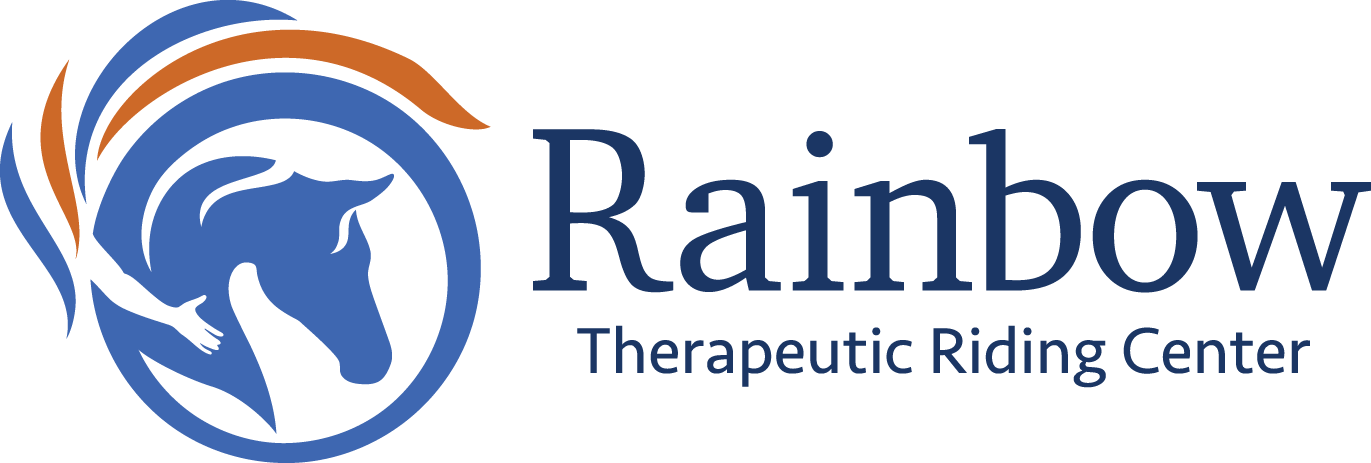What Horses Really Cost
When we see ponies grazing on all that (seemingly free!) grass in summer, we may be tempted to think that it couldn't possibly cost that much to keep a pony (or horse). Other than that grass and fresh water, and a salt block, what else could that little pony (or big horse!) require?
Happily, there are some horses who are "easy keepers" and don't need too much extra in the way of hay and grain, but most horses have higher feed requirements. And even that cute little pony needs shelter, hay in winter when the grass is scarce, regular dental care, veterinary care, farrier work, and a lot more! Did you know that most healthy horses need to be eating grass or hay almost continually? At the low end, hay can cost $8 for one bale. That can add up very quickly, especially in the fall and winter months when grass is scarce. A bag of good quality grain costs about $35. Some horses can go through that bag in less than two weeks’ time.
We love to see our horses "tucked in" on fresh shavings in their warm barn on a cold winter night. But did you know just one bale of sawdust shavings is over $5? Each horse needs one bag of shavings added to the stall every day.
Is that all? No, those are just the basics of hay, grain, and stall shavings.
Horses need regular dental care and farrier work as well. Not to mention annual check-ups and bi-annual vaccinations. Farrier work is done about once every 6 weeks, and a basic set of 2 front shoes and a trim is almost $150. Some of our horses need special shoes which can cost up to $250. Did you know their teeth grow continually and need to be filed on a regular basis? An equine dentist costs about $100 for a standard "float" (filing the teeth) which is done once or twice a year. Vaccinations, normally done twice a year, run about $200 per horse.
You can see all this adds up pretty quickly for one horse. But wait, there’s more!
A major investment is the initial cost of fencing, shelter, and the barn itself, all of which require upkeep and repairs. There's a tractor to be purchased and maintained so manure can be removed, riding rings can be smoothed out and all that hay is moved and stacked. There is barn equipment: Rakes and shovels, brooms and wheelbarrows…There are ointments, shampoos, fly spray, medicines...
And equipment! Saddles, bridles, halters, lead ropes, blankets, fly masks, training equipment, and adaptive riding equipment all need to be purchased, maintained, and kept in good repair.
You can see that the cost of a riding lesson cannot possibly cover all the expenses of maintaining a therapeutic riding program. We rely on funding and grants from community-minded organizations. But did you know you, as an individual, can make a difference?
How can you help?
Individual donations can go a long way to close the gap in cost. In big and small ways, every dollar counts. Here are some ways you can help?
Participate in Amazon’s “Smile” program. This costs you nothing, and Rainbow receives a small amount every time you make a purchase on Amazon. To use Amazon Smile, simply go to smile.amazon.com on your web browser or activate Amazon Smile in the Amazon Shopping app on your iOS or Android phone within the Settings or Programs & Features menu. On your web browser, you can add a bookmark to smile.amazon.com to make it even easier to return and start your shopping with Amazon Smile.
Do a birthday fundraiser. Social media has allowed us to celebrate birthdays by asking for donations rather than gifts. What a great idea! To do this, simply log in to Facebook. In the promotion in your Feed, type in Rainbow Therapeutic Riding to the search bar, and select. Indicate how much you’d like to raise, your currency, and the date to end the fundraiser event. Click Next, and fill in the “tell your story” section. Click Next again, choose a cover photo, and click Create! From there you can invite your friends, share your fundraiser in your feed or donate yourself.
Sponsor a horse! Last of all, and best of all, you can sponsor the basic costs of your favorite Rainbow horse, or sponsor a particular cost for that horse.
Winter is on the way, with added needs for hay and grain. Eating more in the winter is normal for horses (and for some of us humans too!). It’s nature’s way of keeping body temperatures up when the thermometer is falling! Costs of feed, hay and other items have increased dramatically this year. So this is a good time, a needed time for donations, big and small, to keep our horses working through the winter, and keep our students reaching for their goals and dreams. Contact us with any questions or to be a sponsorship hero!


